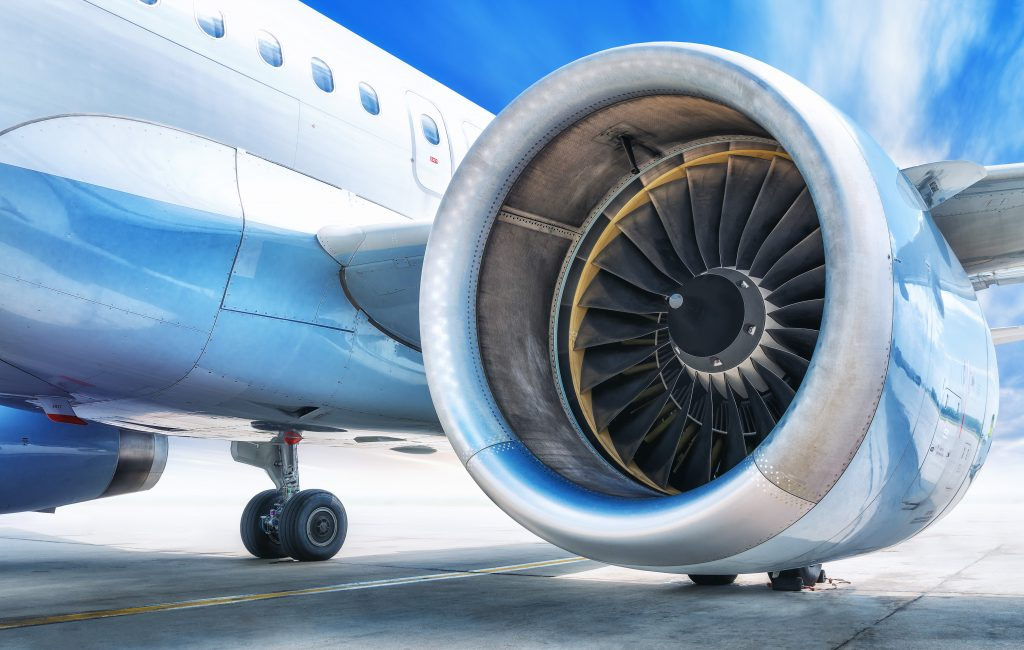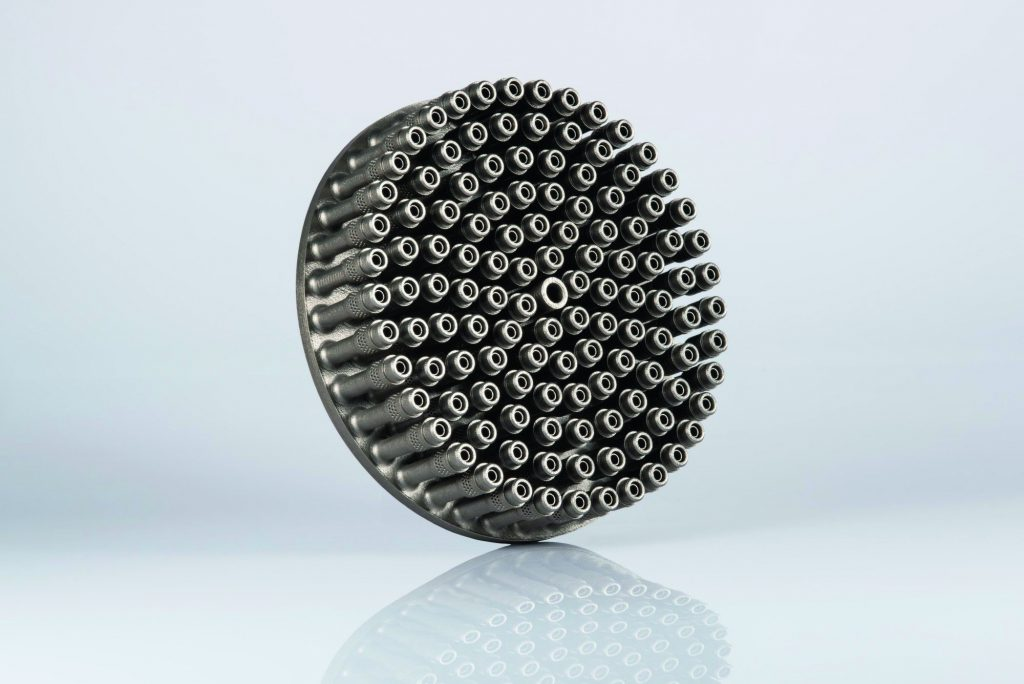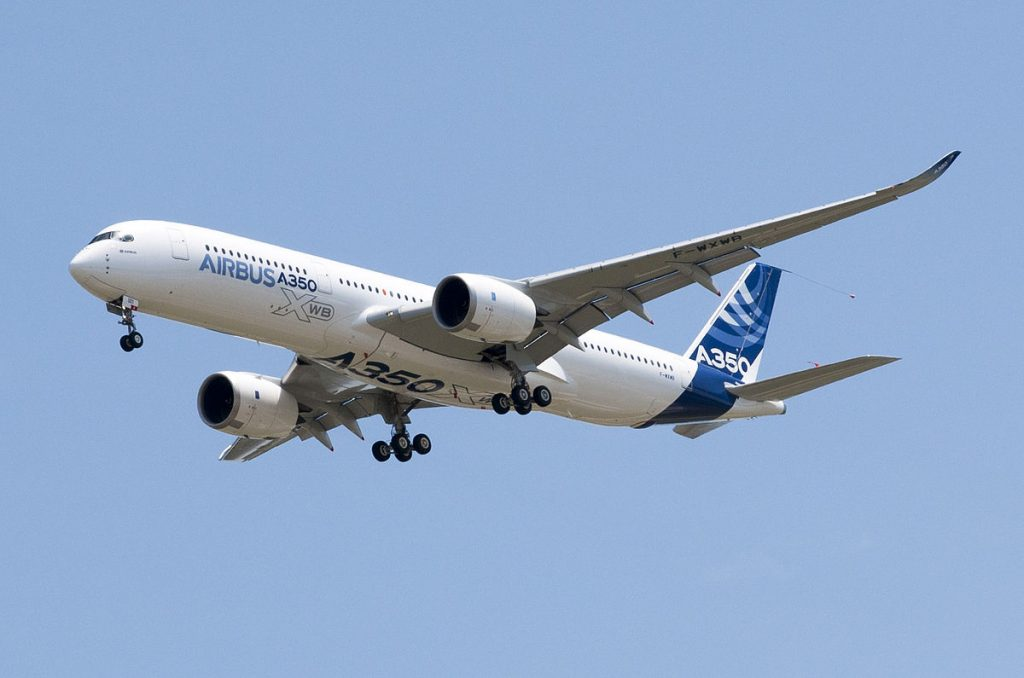Introduction
3D printing, also known as additive manufacturing, has come a long way since it was first developed in the 1980s. While 3D printing originated as a tool for rapid prototyping, it has now evolved to cover a number of different technologies.
The evolution of 3D printing has seen a rapid growth in the number of companies adopting the technology. The applications and use cases vary across industries, but broadly include tooling aids, visual and functional prototypes — and even end-use parts.
As the potential applications for 3D printing increase, companies are beginning to find ways to create new business models and opportunities with the technology.
In this guide, we’ll be exploring the current state of 3D printing across a range of industries, including how the technology is being used across sectors. Using real-life examples, we hope that this guide gives you an in-depth understanding of how 3D printing is being used to drive innovation and business growth.
Aerospace & Defence

The aerospace and defence (A&D) industry is one of the earliest adopters of 3D printing, with the first use of the technology going back to 1989. Now, three decades later, A&D represents a 16.8% share of the $10.4 billion additive manufacturing market and heavily contributes to ongoing research efforts within the industry.
The advancement of AM within A&D is in large part driven by key industry players, including GE, Airbus, Boeing, Safran and GKN. These companies and others have identified the value proposition 3D printing brings to:
- Functional prototypes
- Tooling
- Lightweight components
As we can see, 3D printing for aerospace isn’t limited to prototypes. Real, functional parts are also being 3D printed and used in aircraft. A few examples of parts that can be produced with 3D printing include air ducts (SLS), wall panels (FDM) and even structural metal components (DMLS, EBM, DED).
The Benefits of 3D printing for Aerospace & Defence
Low-volume production
For industries like aerospace and defense, where highly complex parts are produced in low volumes, 3D printing is ideal. Using the technology, complex geometries can be created without having to invest in expensive tooling equipment. This offers aerospace OEMs and suppliers a cost-effective way to produce small batches of parts cost-effectively.
Weight reduction
Alongside aerodynamics and engine performance, weight is one of the most important factors to consider when it comes to aircraft design. Reducing the weight of an aircraft can significantly reduce its carbon dioxide emissions, fuel consumption and payload.
This is where 3D printing comes in: the technology is an ideal solution for creating lightweight parts, resulting in considerable fuel savings. When coupled with design optimisation tools like generative design software, the potential for increasing the complexity of a part is almost limitless.
Material efficiency
Since the 3D printing process works by producing parts layer by layer, material is, for the most part, used only where needed. As a result, it produces less waste than traditional subtractive methods.
The selection of available 3D printable materials for aerospace and defence applications ranges from engineering-grade thermoplastics (e.g. ULTEM 9085, ULTEM 1010, PAEK, reinforced Nylon) to metal powders (high-performance alloys, titanium, aluminium, stainless steel).
The range of available 3D printable materials is constantly expanding, unlocking advanced aerospace applications.
Part consolidation
One of the key benefits of 3D printing is part consolidation: the ability to integrate multiple parts into a single component. Reducing the number of parts needed can significantly simplify the assembly and maintenance process by reducing the amount of time needed for assembly.
Maintenance & repair
The average lifespan of an aircraft can range between 20 and 30 years, making maintenance, repair and overhaul (MRO) an important function in the industry. Metal 3D printing technologies like Direct Energy Deposition are commonly used to repair aerospace and military equipment. Turbine blades and other high-end equipment can also be restored and repaired by adding material to worn-out surfaces.
Aerospace applications
Spotlight: ArianeGroup
3D-printed rocket components
3D printing, particularly with metals, is increasingly being used in the manufacture of rockets. The technology is enabling engineers to innovate the design of rocket parts and manufacture them in a shorter time frame.
One example of this is an injector head for the Ariane 6 launcher, developed by ArianeGroup, a joint venture of Airbus Group and Safran.
An injector head is one of the core elements of a propulsion module, which forces the fuel mixture into the combustion chamber.
Traditionally, injector heads are made from dozens or even hundreds of parts, which need to be machined and welded together. In contrast, 3D printing enables these components to be manufactured as a single piece.
In the case of the injector head for the Ariane 6 launcher, the team took a design that originally required 248 components and reduced it down to one 3D-printed part. The material used for the part was a nickel-based alloy.
The part, which wouldn’t be possible to produce by conventional methods, was then 3D printed using SLM technology.
While casting and machining used to take longer than three months, the production time with AM was reduced to 35 hours, using an EOS M 400-4 3D printer with four parallel lasers. An additional advantage included a cost reduction of 50%.

Aircraft interior components
Spotlight: Airbus
3D-printed plastic parts can be incredibly useful for aerospace applications, such as aircraft interiors.
The cabin interiors of a commercial aircraft will need to be updated periodically, a process that can involve replacing components like wall panels. The need for customisation means that parts will typically be produced in low volumes. Quick turnaround times are also a must.
A good example of this is Airbus. As of 2018, the company has produced and is set to install 3D-printed spacer panels on its commercial A320 aircraft. Traditionally, new plastic components would be produced using injection moulding — an expensive and complex procedure for the low volumes, specialised requirements and high complexity needed.
With 3D printing (FDM), Airbus has been able to produce components with complex features like lattice structures, without any additional manufacturing cost. The result: spacer panels that are 15% lighter than panels created using traditional methods — contributing to the weight reduction of the aircraft itself.

Structural components for defence systems
Spotlight: Nano Dimension and Harris Corporation
When it comes to defence, 3D printing has the potential to change the way end parts for military equipment are produced. Current defence applications range from complex brackets and small surveillance drones, to jet engine components and submarine hulls.
Electronics 3D printing is a young yet increasingly growing area of interest for defence companies. With the technology, engineers are currently able to design and produce prototypes of complex circuit boards and antennas in-house.
For manufacturers, this means being able to accelerate the product development process by eliminating the need to outsource high-value projects to third parties.
Antennas are an important example of how 3D printing is speeding up the design process for electronic devices.
Take the case of Harris Corporation which, alongside Nano Dimension, a manufacturer of 3D printing electronics systems, achieved a key breakthrough in 2018 when it produced antennas using 3D printing.

Tooling
Spotlight: Latécoère & Moog Aircraft Group
Aerospace companies can also benefit from 3D printing by using the technology to produce custom tooling equipment like jigs and fixtures on demand.
French aerospace manufacturer Latécoère used 3D printing to cut down lead times for custom tooling. Previously, the company used CNC milling to manufacture these tools, with lead times of up to six weeks. Now, with FDM 3D printers, Latécoère can create production tools in just a couple of days — a lead time reduction of 95%.
The company claims this new approach to tooling production also cuts costs by 40%. Notably, the tools are ergonomically customised, making the operator’s job easier and resulting in faster and more efficient production times.
Similarly, the Moog Aircraft Group is using FDM 3D printing to produce tools like coordinate measuring machines (CMM) in-house. In the past, the company outsourced this fixture, with the process taking between 4 to 6 weeks. Now Moog uses 3D printing in-house, making CMM fixtures in approximately 20 hours. Fixtures that would have previously cost over £2,000 can now be made for a couple of hundred pounds.
Spotlight: Satair
Heavily reliant on spare and replacement parts, aerospace companies increasingly require short lead times for this application.
To meet this demand, suppliers to the aerospace industry must find ways to provide manufacturing services faster. Additive manufacturing enables spare parts can be produced quickly at the point of need. This, in turn, reduces the need for vast inventories of stock, helping to reduce inventory costs and ensure parts are produced locally.
Satair is an Airbus subsidiary that specialises in the distribution of spare parts, offering additively manufactured plastic and metal parts.
The spare parts provider uses 3D printing to produce customised parts and tooling, with the technology helping to greatly reduce lead times and simplify complex supply chain logistics. With this strategic approach, the company is able to improve its turnaround times by quickly producing spare parts for maintenance operations.
Spotlight: Satair
Heavily reliant on spare and replacement parts, aerospace companies increasingly require short lead times for this application.
To meet this demand, suppliers to the aerospace industry must find ways to provide manufacturing services faster. Additive manufacturing enables spare parts can be produced quickly at the point of need. This, in turn, reduces the need for vast inventories of stock, helping to reduce inventory costs and ensure parts are produced locally.
Satair is an Airbus subsidiary that specialises in the distribution of spare parts, offering additively manufactured plastic and metal parts.
The spare parts provider uses 3D printing to produce customised parts and tooling, with the technology helping to greatly reduce lead times and simplify complex supply chain logistics. With this strategic approach, the company is able to improve its turnaround times by quickly producing spare parts for maintenance operations.